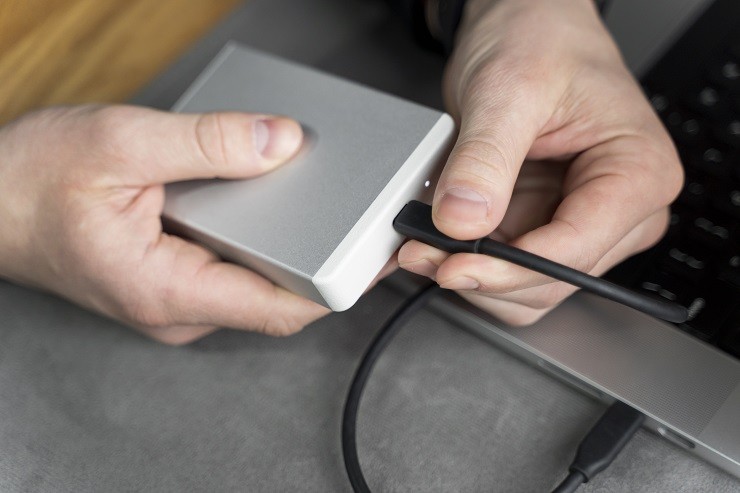Within the next two months, Hitachi Data Systems is expected to ship a network-attached storage (NAS) gateway supplied by Network Appliance as the result of an OEM agreement announced in December. HDS’s previous forays into NAS have been unsuccessful; however, analysts are betting that the Network Appliance collaboration will gain rapid traction in the enterprise market space.
“Hitachi now has a much stronger story when it comes to NAS,” says Jamie Gruener, an analyst with the Yankee Group consulting firm. “A lot of customers that had bought Hitachi arrays were struggling with how to take advantage of the capacity in a NAS type of environment. This gives them an avenue to it very quickly.”
Besides a stronger NAS message, analysts say that HDS now has a product to take on EMC’s Celerra NAS gateway, which competes head-to-head with Network Appliance in the high-end NAS arena.
NAS gateways will be the dominant architecture for converging NAS into storage area networks (SANs), according to analysts. A NAS gateway is one way to deliver file-level and block-level capabilities within one infrastructure. The gateway hooks into a back-end SAN array to take advantage of SAN storage for files. Therefore, users on an Ethernet network can view data on a Fibre Channel SAN as files rather than blocks of data.
The HDS-NetApp NAS gateway can hook into either the HDS Freedom Storage Lightning 9900 or the new Thunder 9500 storage arrays while taking advantage of all the NetApp software, such as snapshot functionality. Similarly, the EMC Celerra NAS gateway hooks into either its Symmetrix or Clariion arrays.
The gateway will be managed through HDS’s HiCommand Device Manager. Both companies exchanged APIs to ensure interoperability.
The product will be NetApp’s first NAS gateway, and it will most likely be based on the recently introduced FAS940 and FAS960, and/or the F825.
“This is a NAS gateway, which means it’s a subset of the total functionality associated with filers. It’s only a filer head,” says Dan Warmenhoven, CEO of Network Appliance. “We will interface with HDS arrays that will export LUNs, which we’ll treat as storage components to organize information using the file system.”
HDS will sell the co-branded gateways and provide first- and second-level support, while NetApp will provide third-level support and joint customer service with HDS. However, NetApp will not resell any HDS arrays; instead, it plans to continue targeting the NAS-SAN market with its own FAS900 product (see “Network Appliance enters SAN market,” InfoStor, November 2002, p. 1).
Warmenhoven believes the two companies will find a “natural segmentation” in the market since different customers have different needs.
Meanwhile, HDS’s direct and indirect sales forces will target the NAS gateway at the company’s installed base of Freedom array users. Hewlett-Packard and Sun Microsystems, which resell HDS arrays, will not resell the HDS-NetApp NAS gateway.
Previously, HDS had reseller and OEM agreements with Auspex and Network Storage Solutions (NSS), respectively. HDS resold Auspex’s product only in a few Asian countries. In addition, HDS qualified the Auspex NAS controller device with its storage arrays. The relationship is still in effect, but HDS does not expect to expand it.
The primary NAS product that HDS sold was based on NSS’s NAS devices. HDS’s Freedom NAS used NSS’s 1U NASengine, 2U microStor-II, and 6U SPANStor GT NAS servers attached to HDS 9900 and 9200 arrays. Several months ago, HDS ended its relationship with NSS, although it still supports the installed base.
“We’ve never successfully brought a NAS product to market to date,” says Dave Roberson, president and COO of HDS. “We think this [agreement with NetApp] will greatly improve our credibility in that market by working with an industry leader rather than trying to do it all ourselves.”
In the next quarter, HDS plans to announce a NAS blade that analysts speculate could be an evolution of the NetApp OEM agreement. “I think it would make sense for them to leverage NetApp to do that,” says Gruener. “That’s where the market is headed. People are going to want to use blades long-term.” Analysts say that the NAS blade would fit in well with HDS’s 9900V array, which is designed around a blade architecture.
“The goal is to enable Hitachi to develop more-intelligent interfaces to snap into the device. The NAS blade is an example of that,” says Phil Townsend, senior director of product marketing at HDS.





